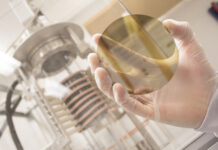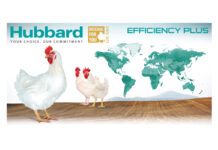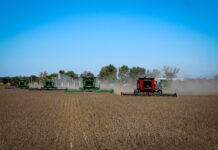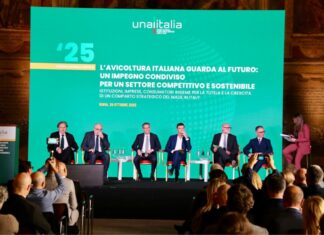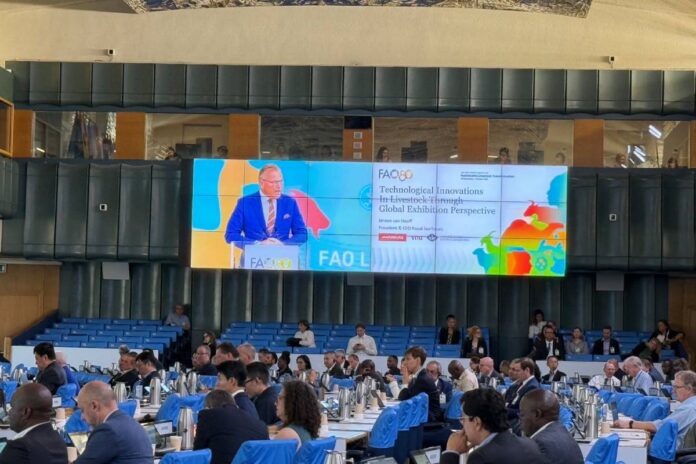
At the Second FAO Global Conference on Sustainable Livestock Transformation, held in Rome from 29 September to 1 October 2025, Jeroen van Hooff, President & CEO of Royal Jaarbeurs and VNU Group, addressed global delegates on the opportunities and challenges shaping the future of livestock production. Representing VIV Worldwide, the portfolio of exhibitions dedicated to the animal protein value chain, van Hooff stressed that transformation is no longer about producing more, but about producing smarter, safer, and more sustainably.
Innovation already in practice
Van Hooff highlighted how innovation is rapidly moving from concept to reality: new feed ingredients such as insect protein and algae are entering mainstream use, reducing reliance on antibiotics. Advances in digital veterinary tools and AI-driven diagnostics are improving disease prevention and monitoring. On farms, precision systems—from automated feeding and smart ventilation to sensor-based monitoring—are becoming everyday technologies.
The momentum is reflected in market growth: the global livestock monitoring sector, valued at USD 5.18 billion in 2024, is projected to almost triple to USD 14.82 billion by 2033, driven by consumer demand for transparency and the industry’s response to climate challenges.
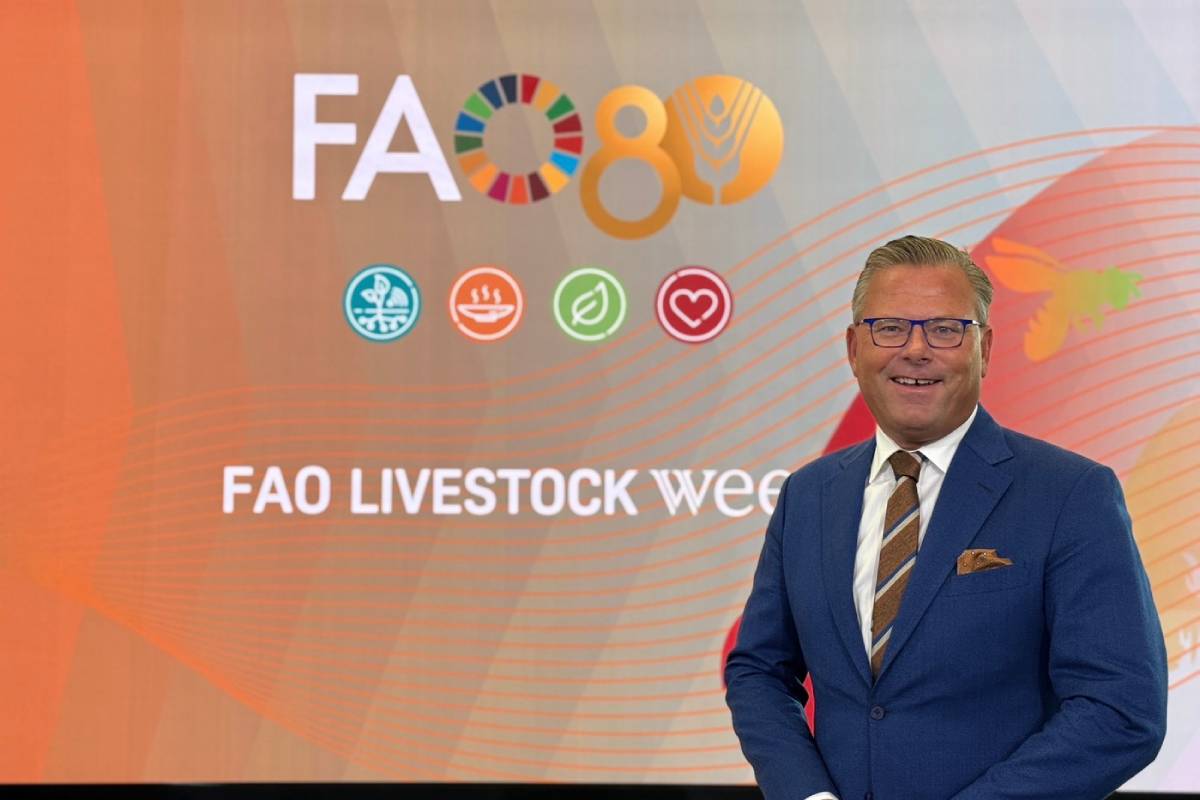
Barriers to adoption
Despite this progress, van Hooff warned of persistent barriers: limited internet connectivity, high upfront costs, and gaps in training and knowledge transfer prevent many smallholder farmers and SMEs from accessing these tools. Regulatory frameworks also lag behind, slowing the approval of novel feed ingredients and digital systems. “Large integrators in Asia and Europe are racing ahead, but many smaller farmers still struggle with the basics. Unless we address cost, regulation, and training, the gap will only widen,” he said.
Forces shaping the future
Looking ahead, van Hooff identified three drivers that will define livestock transformation in the coming decade:
-
Artificial Intelligence: moving beyond monitoring to prediction, with tools capable of forecasting disease outbreaks and optimizing feed efficiency.
-
Sustainability: integrating carbon reduction, water and waste management, and efficiency into daily business practices.
-
Collaboration: strengthening cross-regional exchanges, with Asia, Africa, Europe, and other regions sharing knowledge across the feed, health, processing, and policy spectrum.
Exhibitions as global platforms
Van Hooff emphasized the role of trade shows as accelerators of change: “What excites me most is not just the market value of these technologies. It is the vision of smarter, more resilient, and more humane systems. Our mission at VIV Worldwide is to be the global platform where that vision can be realized.”
Upcoming VIV events will reflect this mission:
-
VIV MEA in Abu Dhabi (November 2025), focused on Middle Eastern markets.
-
VIV Health & Nutrition Asia in Bangkok (March 2026).
-
VIV Select India debuting in April 2026.
-
VIV Europe 2026 in Utrecht (June), the flagship 25th edition, set to bring together global industry leaders to showcase innovation and shape the agenda for sustainable livestock transformation.


